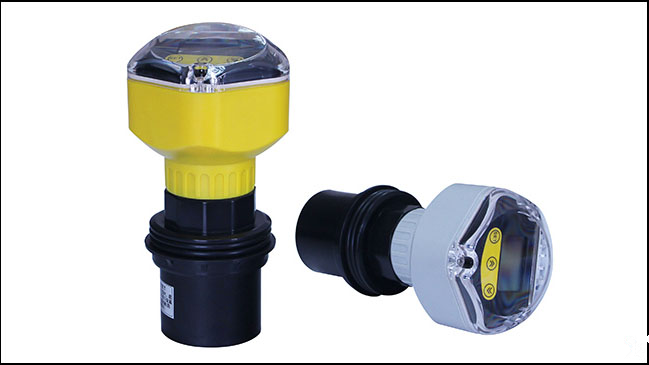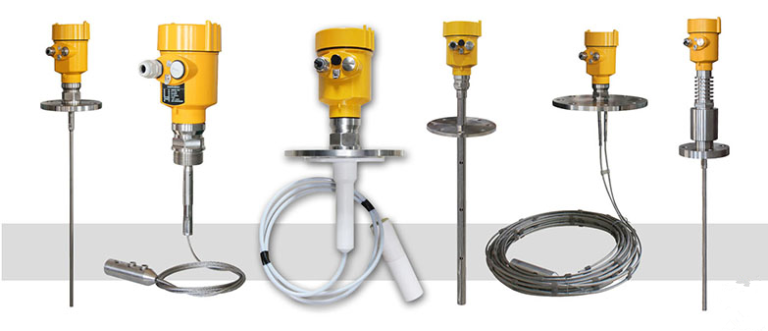Non-contact radar level meter is not suitable for low dielectric constant level measurement; guided wave radar level meter is not suitable for viscous media measurement. Ultrasonic level meter and not suitable for which working conditions occasions, you know? Today, let’s take a look.

The ultrasonic level meter emits ultrasonic waves, which are mechanical waves and need to be propagated through the medium. On this point alone, the ultrasonic level meter is not suitable for vacuum environment and negative pressure environment liquid level measurement.
In a vacuum environment, the mechanical waves do not have a propagating medium and the emitted ultrasonic waves cannot be reflected, so the level cannot be measured. In a negative pressure environment, where the air is thin, the ultrasonic waves emitted by the ultrasonic level meter will change in speed as they propagate in this environment, and measurement errors will occur. Even in some cases, the level meter will not be able to measure the situation.
Ultrasonic level meters do not operate properly under negative pressure conditions. Ultrasonic level meters are also not suitable for level measurement in high-temperature and high-pressure environments. The transducer of an ultrasonic level meter is made of special material and is generally resistant to a maximum temperature of around 80 degrees Celsius. If the working conditions are too high or the pressure is too high, the ultrasonic level meter will also fail to measure.

The above is mainly for ultrasonic level meters. In fact, there are also unsuitable applications for ultrasonic level meters.
For example, in the case of solid particles. When ultrasonic level meters measure solids, the diffuse reflection of the particles can easily affect the true echo, resulting in large errors or no measurement at all.
Another example is the case of foam or dust generation. Experiments have shown that ultrasonic level meters in the foam or dust generated by the working conditions of the measurement are unable to achieve the expected measurement effect. Therefore, it is not suitable to use the ultrasonic level meter in the case of foam or dust, on the contrary, the radar level meter is more suitable.

Each type of level meter has its own suitable working conditions, and there are also unsuitable working conditions, when choosing, which should be carefully considered. For example, for measuring liquid levels in normal temperature and pressure conditions, the ultrasonic level meter is the ideal choice.
